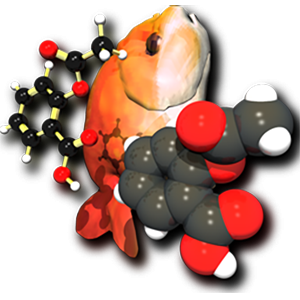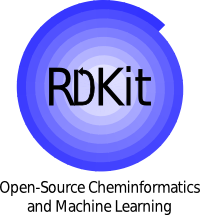
admetSAR3.0
提示:本平台为互联网非涉密平台,严禁处理、传输国家秘密、工作秘密及敏感信息。Absorption, distribution, metabolism, excretion, and toxicity (ADMET) properties play a crucial role in drug development as well as chemical risk assessment like pesticides, food additives, and cosmetics. Undesirable ADMET properties can pose safety risks to both human health and the environment, often contributing significantly to drug development failures. admetSAR3.0 is an enhanced version of the widely used comprehensive ADMET assessment tool, admetSAR2.0. admetSAR3.0 supports search, prediction, and optimization functionalities. With improved functional modules, endpoint data, prediction models, and a user-friendly web interface, admetSAR3.0 is anticipated to become a more valuable and powerful tool for drug development and chemical risk assessment.
ADMET Search
The search module accommodates molecular input through SMILES and structure drawing. Supported by an extensive ADMET database boasting over 370,000 records, derived from the curation of more than 100,000 unique compounds. Similarity searches are available, providing assistance for read-across study.
ADMET Predict
The prediction module employs a state-of-the-art multi-task graph neural network framework, providing property prediction assessments for 119 endpoints. Users can easily assess basic and ADME properties, human health toxicity, environmental risks, and cosmetic risks of the compounds. Both single-molecule and batch predictions are available.
ADMET Optimize
The optimization module utilizes transformation rules and scaffold hopping strategies for molecular optimization. With 21 transformation rule libraries and over 50,000 unique scaffolds, it provides a more comprehensive and efficient support for optimizing ADMET properties. The updated version, ADMETopt2, is unveiled here for the first time.
The comprehensive evaluation modules are presented in admetSAR3.0. Functionally, it supports search, prediction, and optimization, providing a one-stop solution for ADMET property studies. In application, it focuses on three key areas: drug development, environmental risk and cosmetic risk assessment.

With the update, admetSAR3.0 boasts a broader endpoint coverage. It is equipped with 119 ADMET-related endpoints covering five different categories. admetSAR3.0 will accelerate property prediction studies with powerful support from 370,000 experimental data records on over 100,000 compounds.

The CLMGraph framework is employed for ADMET property prediction. The unsupervised pre-training strategy based on contrastive learning significantly enhances the representation capability. The multi-task learning strategy not only simplified the training process, but also provides more robust and accurate performance support.

admetSAR3.0 provides clear result displays and practical guidance. Depending on the possibilities, the property prediction results are visually presented with colored bands and shapes for intuitive interpretation. Detailed explanations for each endpoint are readily available on the website server.

News

December 19, 2021, March 2019, admetSAR2.0 was released and published by Bioinformatics. The paper cited 549 times (November 14, 2023), designated as an ESI Highly Cited Paper.
 Home
Home Search
Search Predict
Predict Optimize
Optimize Resource
Resource About
About















